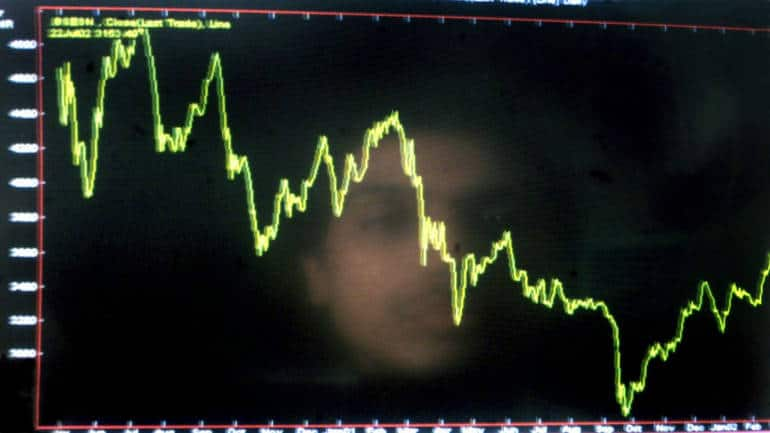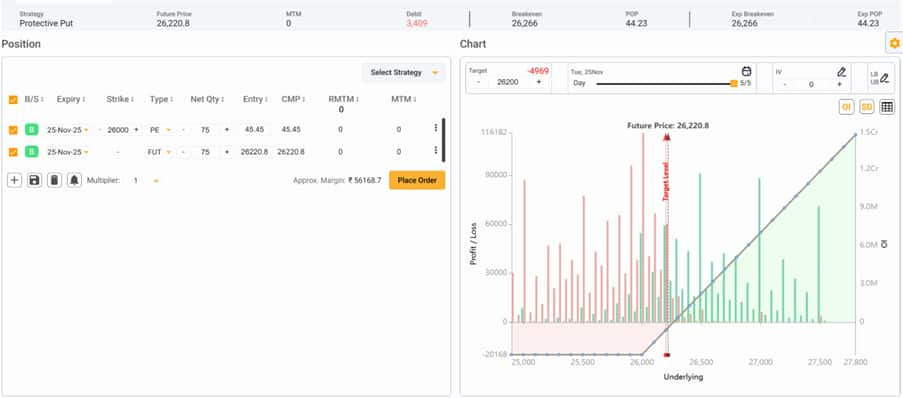Open Interest: A unique market data to read market consensus
Open Interest is the number of contracts outstanding.From an analytical perspective the amount of interest in the derivative instrument that the contract represents.
SHUBHAM AGARWAL | 05-Sep-20
Reading Time: 3 minutes

Open interest is one of the simplest to define when it comes to the terminologies related to the futures and options market. Being a market derived from another, Futures and Options have always had to rely on a set of underlying stocks and indices. These underlying stocks and indices are also traded in the market or at least valued (indices) independently.
Now since the derivatives are derived instruments, their accountability is not in terms of physical holdings but in terms of number of such derivatives contracts. Volume of such traded derivatives contracts remain pretty straight forward, but the number of existing contracts is accounted for by the Open Interest figure.
Like I said, Open Interest is simplest to define. Open Interest meaning is the number of contracts outstanding. From an analytical perspective the amount of interest in the derivative instrument that the contract represents.
What makes this unique is that the fact that the common stock of the company does not change with market consensus attention on that stock but the open interest would rise or fall. With that basic premise, we can actually judge if the ‘Interest’ in the stock or index has increased or decreased.
 Based on these increments and decrements one can easily gauge the inclination of the market consensus for one direction over the other.
Based on these increments and decrements one can easily gauge the inclination of the market consensus for one direction over the other.
Between Futures and Options let us take the impact of these changes in Open Interest in futures first. The combinations are 4. Let us take each one of them and define their indications.
1. Rise in Price and Rise in Open Interest: This would mean that while the exchange is going on between Buyer and Seller. The Buyer is holding some sort of insight that the new Interest is entering even at the cost of rise in price. The assumption here is that there is a positive momentum expected by newly entered Open Interest. This makes Market Consensus “Bullish”
2. Fall in Price and Rise in Open Interest: Exactly opposite analogy from price expectation perspective can be applied here. This would make the market consensus “Bearish”
3. Fall in Price and Fall in Open Interest: This is a new phenomenon for those looking at only volumes. Fall in Open Interest means that the trading bets are being taken off the table. This brings Neutrality element to the trade or simply put, end of the bias. One who would have bought creating a rise in price would sell creating a fall in price. So, it is safe to assume that Fall in Price and Fall in Open Interest is “Neutralizing the Bullish” bias inferring the rise may come to an end.
4. Rise in Price and Fall in Open Interest: This is the opposite of the 3rd combination. Here the ones who would have sold creating fall in price are buying back creating a rise in price. This combination means “Neutralizing Bearish Bias” or quite popularly known “Short Covering”.
In Open Interest Options there are different insights as each stock would have several Calls and Puts defined by their Strike Price and Expiry Date combinations. Here I am taking the liberty of not explaining what Strike Price, Call, and Put are to the participants of one of the largest Options markets of the world.
More than the change in Open Interest data , the Open Interest information that comes in really handy here are the strike-wise open interest and their placement with respect to the ongoing price.
Meaning, if a stock or index has very high Open Interest in a Particular Call in a strike higher than the current price. Check Live open interest Data here.
Learn and read more about nifty open interest from Quantsapp classroom which has been curated for understanding of nifty open interest from scratch, to enable option traders grasp the concepts practically and apply them in a data-driven trading approach
Recent Articles

3 best ways to hedge using Options: Shubham Agarwal!
22-Nov-25

When in doubt to write, do Iron Fly: Shubham Agarwal!
15-Nov-25

Identify potential turning points with advance-decline: Shubham Agarwal
08-Nov-25

Slow and spreads more efficient: Shubham Agarwal
01-Nov-25

Use implied volatility as probable top finder: Shubham Agarwal
25-Oct-25

How to trade potential breakout post consolidation: Shubham Agarwal!
18-Oct-25

Use Options OI for intraday trading: Shubham Agarwal
11-Oct-25

Monetize Vega, the impact of implied volatility: Shubham Agarwal
04-Oct-25

SHUBHAM AGARWAL is a CEO & Head of Research at Quantsapp Pvt. Ltd. He has been into many major kinds of market research and has been a programmer himself in Tens of programming languages. Earlier to the current position, Shubham has served for Motilal Oswal as Head of Quantitative, Technical & Derivatives Research and as a Technical Analyst at JM Financial.
Recent Articles

3 best ways to hedge using Options: Shubham Agarwal!
22-Nov-25 09:11:00

When in doubt to write, do Iron Fly: Shubham Agarwal!
15-Nov-25 10:48:00

Identify potential turning points with advance-decline: Shubham Agarwal
08-Nov-25 10:35:00

Slow and spreads more efficient: Shubham Agarwal
01-Nov-25 10:35:00

Use implied volatility as probable top finder: Shubham Agarwal
25-Oct-25 09:56:00

How to trade potential breakout post consolidation: Shubham Agarwal!
18-Oct-25 09:20:00

Use Options OI for intraday trading: Shubham Agarwal
11-Oct-25 09:45:00











